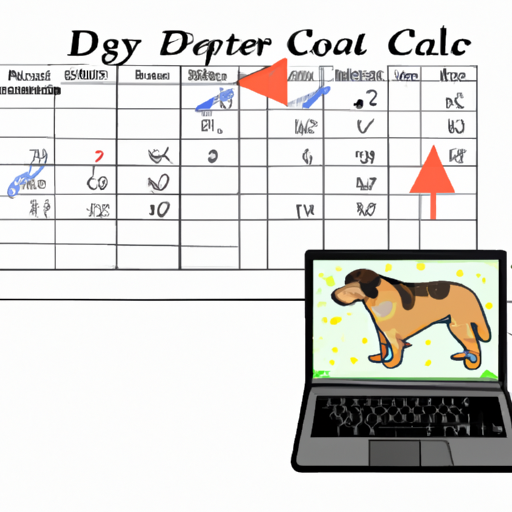1. Understanding the Canine Heat Cycle
You, as a caring and responsible dog owner, might notice a change in your dog’s behavior or physical appearance. That could be because your dog has entered her heat cycle, also known as estrus cycle. This is a natural biological process that all female dogs go through, and understanding it can help you provide the best care for your pet during this time.
- Proestrus: This is the beginning stage of the heat cycle, lasting around 7-10 days. You’ll notice swelling of the vulva, a bloody vaginal discharge, and increased affectionate behavior.
- Estrus: This is the stage where your dog is most fertile, lasting about 5-9 days. The discharge lessens and turns a lighter color, and your dog may show ‘flagging’ behavior where she moves her tail to one side.
- Diestrus: This stage lasts about 6-10 weeks. The discharge stops and the swelling goes down. If your dog has been impregnated, this stage will last until she gives birth.
- Anestrus: The final stage, lasting about 15 weeks, where your dog’s body rests and prepares for the next heat cycle.
2. The Timing and Duration of Heat Cycles
The heat cycle duration varies between different breeds and even individual dogs. Generally, dogs come into heat every six months, but smaller breeds might go into heat three to four times a year, while larger breeds might only go into heat every 12-18 months. Each heat cycle lasts about two to four weeks in total.
| Breed Size | Frequency of Heat Cycle |
|---|---|
| Small Breeds | 3-4 times a year |
| Large Breeds | Every 12-18 months |
3. Caring for Your Dog During Heat
When your dog is in heat, she may become more anxious or agitated. Providing a calm and comforting environment for her is essential. You may also want to:
- Keep her indoors to prevent unwanted pregnancies.
- Maintain a regular exercise routine to help reduce restlessness.
- Use doggy diapers to manage the discharge.
4. The Importance of Spaying
Besides preventing unwanted pregnancies, spaying your dog has several health benefits. It eliminates the risk of ovarian and uterine cancer, reduces the risk of mammary tumors, and removes the stress and discomfort associated with heat cycles. Talk to your vet about the right time to spay your dog.
5. Frequently Asked Questions
Q: How can I tell if my dog is in heat?
A: Look for signs such as swelling of the vulva, a bloody discharge, increased urination, and changes in behavior.
Q: Can I still walk my dog when she’s in heat?
A: Yes, but keep her on a leash and be aware of other dogs who might be attracted to her.
Q: When should I spay my dog?
A: Consult your vet, but generally, dogs can be spayed before their first heat cycle.
Remember, as a caregiver, your role is crucial in helping your dog navigate through her heat cycle healthily and comfortably. Stay informed, stay attentive, and your dog will thank you.



